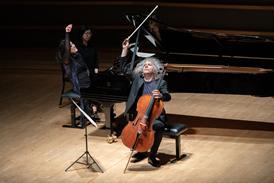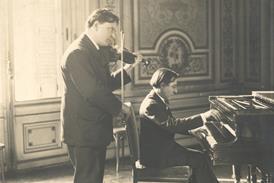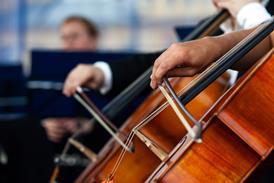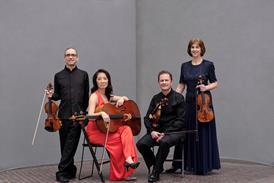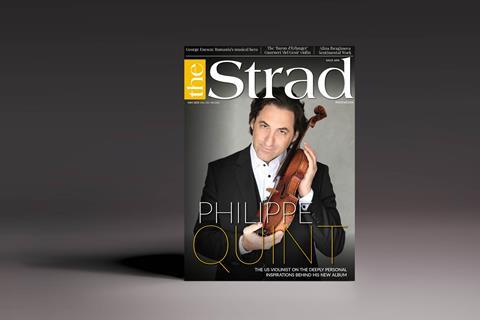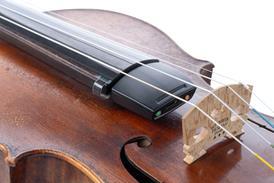- More from navigation items
- Home
- News
- For Subscribers
- Student Hub
- Playing Hub
- Podcast
- Lutherie
- Magazine
- Magazine archive
- Whether you're a player, maker, teacher or enthusiast, you'll find ideas and inspiration from leading artists, teachers and luthiers in our archive which features every issue published since January 2010 - available exclusively to subscribers. View the archive.
- Jobs
- Shop
- Directory
- Contact us
- Subscribe
- Competitions
- Reviews
- Debate
- Artists
- Accessories
Masterclass: Nikolaj Szeps-Znaider on Elgar’s Violin Concerto

The violin soloist, chamber musician and conductor gives practical advice on the great English composer’s noble string work. From November 2010
One of the main challenges of this piece is its length. Despite its formal clarity and conventionality there is a danger that it either becomes a 50-minute rhapsody or that it becomes fragmented unless it is homogeneous in some way. It lives and breathes by long lines, a sense of the long arch.
The whole piece is characterised by a constant ebb and flow. There’s always a sense of moving forward and then taking time, without which the music becomes mundane. This work needs the musical gestures that would kill other music. Can you imagine doing it with Beethoven, for instance? It’s a completely different thing, and yet it’s built up very much in the sense of that tradition. We might associate this more with French or 20th-century music, although otherwise the piece is very Germanic in its structure.
Already subscribed? Please sign in
Subscribe to continue reading…
We’re delighted that you are enjoying our website. For a limited period, you can try an online subscription to The Strad completely free of charge.
* Issues and supplements are available as both print and digital editions. Online subscribers will only receive access to the digital versions.



